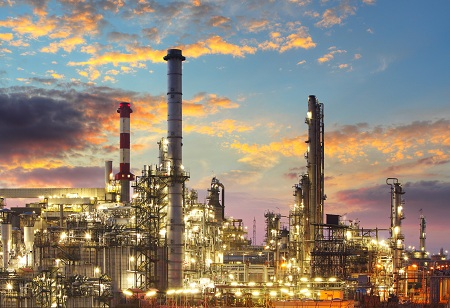The future of the
petrochemical industry will nothing be like the days of the past. According to Mckinsey, the value-creation methods of the petrochemical sector are projected to be undermined by 2030 due to slower demand growth in emerging nations and less available advantageous feedstocks. In order to sustain and survive in the period of slowdown, the players will be required to take a more disciplined approach and invest in new methods that keep them on par with developing global demands.
In the coming days, the organizations will be required to invest in cutting-edge technology and novel manufacturing processes, helping to attain increased productivity and higher capital productivity on the industry’s large-scale projects.
Moreover, with the globe actively transiting toward a sustainable future, the petrochemical industry will need to restructure its operation that aligns with greener terms. With a move from a linear to a circular model, the industry is also required to explore a new form of feedstocks and energy sources.
With so much on the plate, the industry is considering investing in novel technologies. New players are also coming up with innovative technologies that are altering the course of the petrochemical industry. In this article, we have mentioned the key few:
Optimized Catalyst System
For industrial actors, replacing or refixing the catalyst in the petrochemical sector has been a serious difficulty. To renew or replace a catalyst, the petrochemical players must take a turnaround every two years. In the US, numerous refiners often take two weeks to two months off for maintenance in the late first quarter to the early second quarter. This action stops all operations, which has a significant impact on output and profitability overall.
However, Javier Garcia-Martinez, a professor of inorganic chemistry at the University of Alicante, and Jeffrey Rimer, the Abraham E. Dukler Professor at the University of Houston Cullen College of Engineering, may have discovered a solution to this problem.
The team has discovered a novel seeding method that streamlines the synthesis process, resulting in a zeolite with a higher concentration of aluminum and a distinct crystal structure that promotes chemical interactions with less carbon buildup.
“This novel technique has the advantage of producing thicker well-formed sheets, which is important to produce highly stable materials – an important feature in most industrially relevant applications,” said Martinez.
